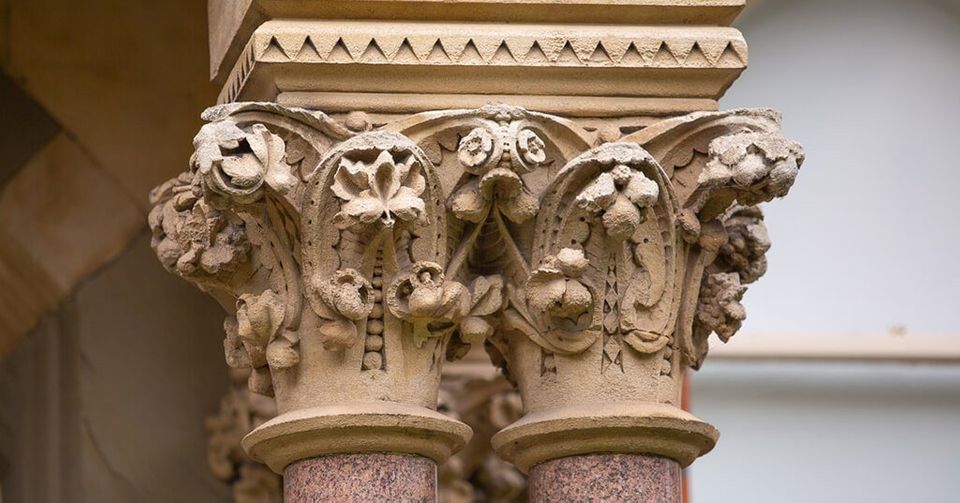In case you missed it see what’s in this section
Fraser Allen Estate Management
Festival House, Jessop Avenue, Cheltenham, Gloucestershire , GL50 3SH
Website Email 0117 2980723
What is a listed building?
A Listed building is one that is on the statutory list of ‘buildings of special architectural or historic interest’, sometimes referred to as The National Heritage List. The building is listed to protect it for future generations.
The listing covers a whole building, including the interior and can also cover:
Listed buildings are all very unique, so it is worth checking with your local planning authority to find out what exactly is covered by the listing on your building.
Which type of buildings are listed?
The most significant cause for a building to be selected for listing, is its age. The older a building the more likely it will be listed.
All buildings built before 1700, which have survived in their original condition, or as near to it, are listed. Most between 1700 and 1850 are also listed.
Particularly careful selection is required for buildings from the period after 1945 to be listed. It may be that they demonstrate technological advances; possess a notable feature or are the work of a particular architect.
Some recent post-war buildings are now also being considered.
Two recent buildings that fall into the category of being of special importance are the Royal Festival Hall and the BT Tower in London.
In England there are approximately 376,000 listed building entries, which actually amounts to over 500,000 listed buildings. It is hard to be precise, because a row of terraced houses can be a single list entry.
Five points to consider when buying a listed property:
1. What category does your property or prospective property belong to? Categories of listing are:
Grade 1 – Buildings of exceptional interest; only 2.5% of listed buildings are Grade 1.
Grade II* - Buildings are particularly importance, being of more than special interest; 5.5% of listed buildings.
Grade II – Buildings of special architectural or historic interest; 92% of listed buildings.
2. You will need special permission to make any changes.
There are controls over what you are allowed to do to the building in terms of alterations. This doesn’t mean there is a preservation order preventing change, but consent must be applied for to make any changes to the building that might affect its special interest. Within government planning guidance, listed buildings can be altered, extended and sometimes demolished, but consent has to be gained first.
3. Repairs are likely to cost more – and sometimes a lot more.
Often, you’ll have to hire specialist tradesmen with particular expert skills to do the work. Some buildings retain period design and or building features which require skills that are no longer used regularly by the majority of builders. This will mean hiring specialist tradesmen with a particular skill-sets to do the work, which means they will be more expensive.
4. You may be able to get a grant for repairs or for a contribution to the works.
Historic England are the body who look after Listed Buildings and they will usually offer grants when the repair will be unable to go ahead without that support.
5. You may require specialist home insurance
If you buy a property that is listed, you must inform your insurer.
The insurance should be for a rebuild, not just the market value, because due to being listed, specialist building materials may be required, which are more expensive.
All of this applies even if you have a managed property with a managing agent – such as Fraser Allen Estate Management. My team and I have to consider all of the above too and we often advise our residents if this is relevant to their homes. A rule of thumb is this – if you like heritage properties, and it’s also in a heritage setting, this will be an issue to consider from the outside regardless of whether you live in a leasehold or freehold property.
If you are buying a property and think it might be listed, but don’t know, you can check on The National Heritage List for England here: https://historicengland.org.uk/listing/the-list/
Festival House, Jessop Avenue, Cheltenham, Gloucestershire , GL50 3SH
Website Email 0117 2980723In case you missed it see what’s in this section
Listings